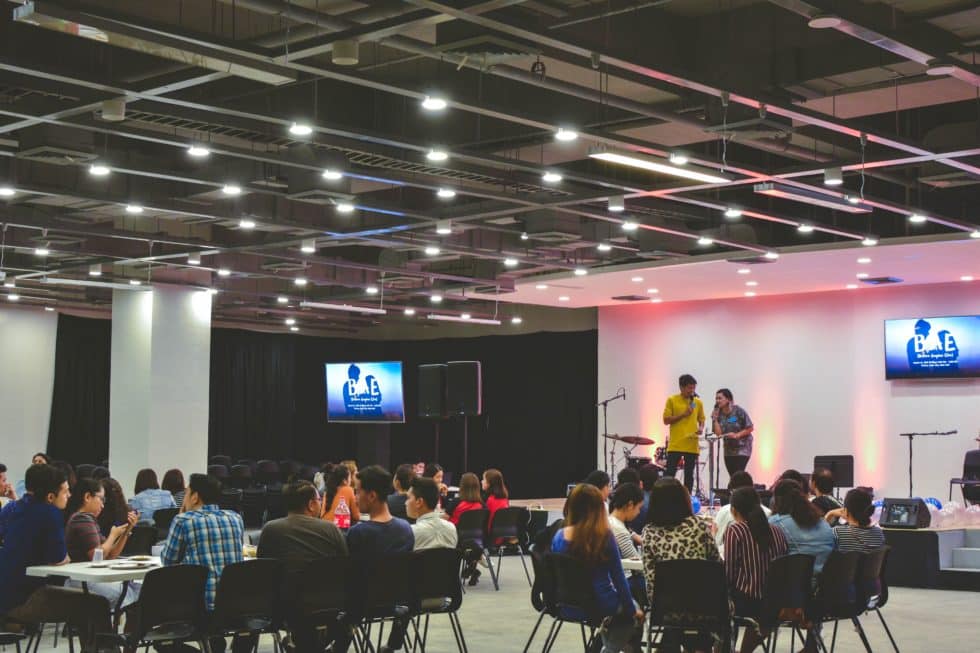The lounge—a place to sit, relax, and maybe even do some low-key networking—is a staple at most trade shows and conferences. But as new ways to enhance the attendee experience and express the sponsor’s brand emerge, lounges are becoming more than an out-of-the-way oasis from the chaos of the meeting. They’re becoming a destination.
As with any room or area design, the first step is always determining the purpose of the lounge. For example, if the main reason to put a lounge on the trade show floor is to camouflage unsold exhibit space, designers will likely suggest a low-budget approach. If the lounge is a sponsorship offering, the branding and amenities are usually more posh.
Once the objective for a lounge has been called out, the next step is to install the features. Here are five different ideas for lounges that make a statement:
Gamer’s lounge: You don’t have to be a millennial to appreciate that, for some attendees, down time should actually be “up time.” At events that attract software engineers and gamers, for example, a lounge can actually be a place for stimulation. A couple of game consoles showing multi-player games on multiple large-screen displays placed in front of giant beanbag chairs can be the perfect setting for guests to unwind between conference sessions. Don’t forget the end tables for drinks and snacks.
Social media lounge: Prompting attendees to interact online has become as important to event organizers as giving them opportunities to network offline. But rather than hope that attendees facebook, instagram, and tweet about your event, give them a place to actually do it. A video wall in your social media lounge can display multiple photos and feeds in real time, which is a great way to encourage conversation among strangers and friends. Just make sure there are plenty of places to charge mobile devices.
Club lounge: Not all lounges are active during the day. Some are designed for after-hours networking and fun. A lounge designed to look like a club or a bar should probably serve alcohol (maybe even a signature cocktail), but lighting and sound are also very important for setting the mood. Although a lounge may feature a three-piece Jazz combo or a DJ playing Techno music, a good audio-visual company can help planners create the right ambience, whether it’s a quiet space for conversation or a place to sit back and enjoy the show.
Networking lounge: Most events list networking as a top selling point to attendees. So an area called a “networking lounge” has to be conducive to talking and meeting people. Besides comfortable tables and chairs, event organizers can equip exhibitors and sponsors with lead retrieval devices, so that even when they’re away from their booths, they can collect information and qualify prospects.
VIP lounge: Some lounges are designed for specific individuals. They can be spaces for sponsors to deliver high-end experiences to influential buyers or for companies to reward top performers. Whatever the reason, VIP lounges have to be stocked with amenities from remote registration and check-in to badge (and credential) printers, smart device charging stations, and WiFi. In these spaces, it’s all about convenience, on-demand services, comfort and exclusivity, but it’s also about branding. So make sure that the sponsor’s logo is tastefully and prominently displayed.
Lounges are as much a science as they are an art form. Regardless of the objective—a memorable experience for attendees, more places for participants to interact, or a spot for a quick nap—a carefully crafted and equipped lounge can be one of the highlights of your event. For ideas on how to create popular and purposeful lounges for your event, contact the experts at SmartSource Rentals.

